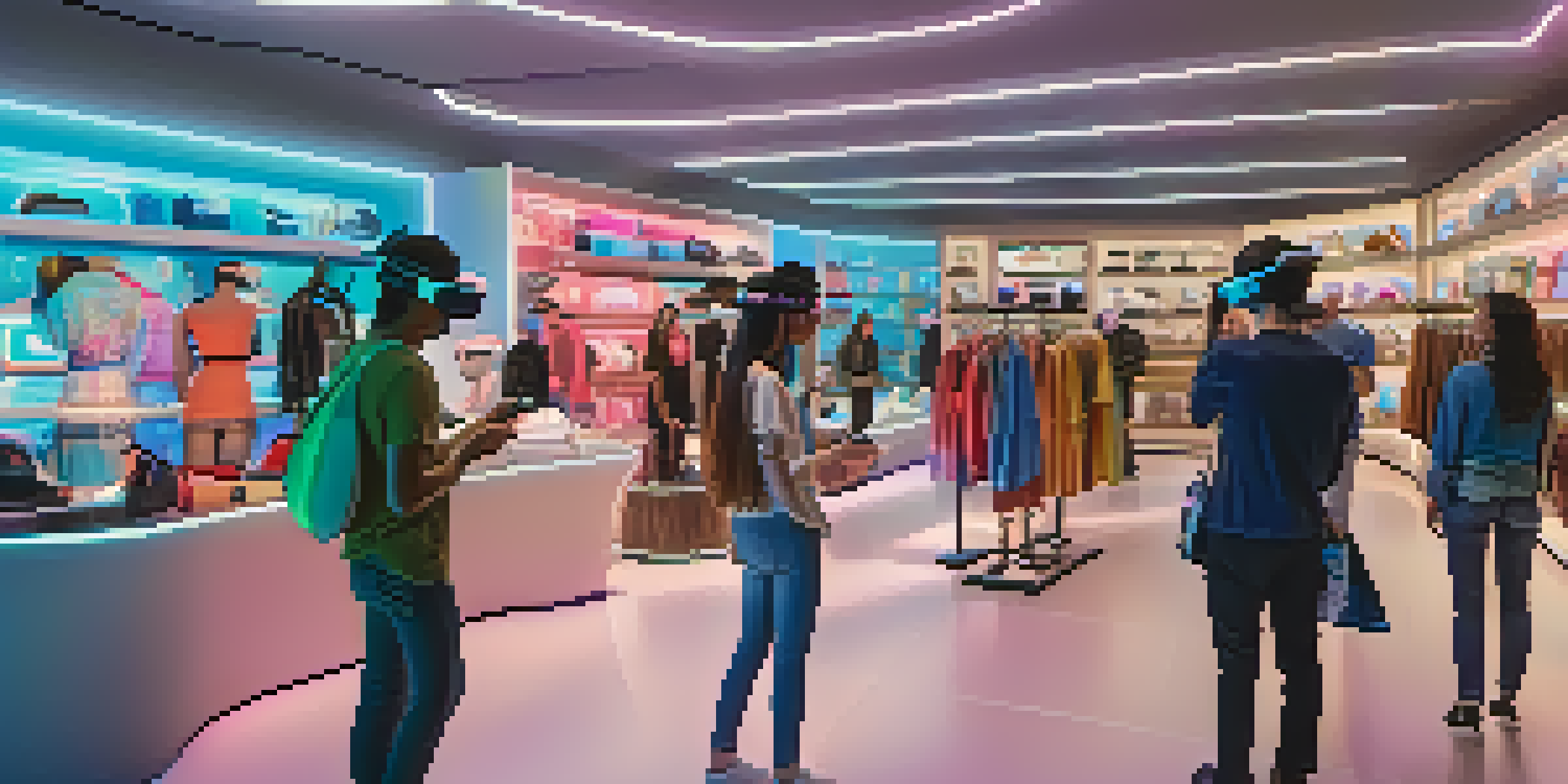Cross-Industry NFT Collaborations: Retail Meets Virtual Reality

Understanding NFTs and Their Role in Retail
Non-fungible tokens (NFTs) are unique digital assets that represent ownership of a specific item or piece of content, often stored on a blockchain. In the retail world, NFTs are transforming how brands interact with customers, offering new ways to enhance the shopping experience. By integrating NFTs, retailers can create exclusive digital products or experiences that resonate with consumers, adding uniqueness to their offerings.
The Intersection of Retail and Virtual Reality
Virtual reality (VR) immerses users in a completely digital environment, offering them experiences that feel real. When paired with retail, VR can revolutionize how customers shop, allowing them to browse virtual stores from the comfort of their homes. Imagine trying on clothes or exploring a store in a 3D space before making a purchase—this is the future that cross-industry collaborations can create.
NFTs Transform Retail Engagement
Brands are leveraging NFTs to create unique digital experiences, enhancing customer interaction and loyalty.
Successful Examples of NFT Collaborations
Brands like Nike and RTFKT have successfully launched NFT sneakers that blend the physical and digital worlds. Customers can purchase virtual shoes that they can wear in various digital environments, enhancing brand engagement. Such collaborations not only boost sales but also create a loyal community of fans who appreciate the innovation behind the products.
Enhancing Customer Engagement Through Exclusive Content
Collaborative NFTs can offer exclusive content, like behind-the-scenes videos or special discounts, to enhance customer engagement. For instance, a fashion brand might release an NFT that grants access to a virtual fashion show, allowing fans to interact with their favorite designers. This approach fosters a deeper connection between the brand and its consumers, making them feel valued and included.
VR Revolutionizes Online Shopping
Virtual reality is reshaping retail by allowing customers to experience products in immersive 3D environments.
Bridging the Gap Between Physical and Digital Shopping
Cross-industry NFT collaborations help bridge the gap between physical and digital shopping experiences. Retailers can create limited-edition NFTs that correspond to physical products, providing customers with a tangible and digital connection. This strategy not only drives foot traffic to stores but also encourages online engagement, creating a holistic shopping experience.
Challenges in Implementing NFT Collaborations
Despite the exciting potential, there are challenges in implementing NFT collaborations. Issues like a lack of understanding among consumers or the technical complexities of blockchain can hinder adoption. Retailers must ensure that they educate their audience about NFTs and provide a seamless experience to encourage participation.
Challenges in NFT Adoption
Despite their potential, retailers face hurdles like consumer misunderstanding and technical complexities in implementing NFTs.
Future Trends: What to Expect in Retail and NFTs
As technology evolves, the intersection of retail and NFTs is expected to grow more robust. We might see increased personalization in digital shopping experiences, driven by consumer data and preferences. Additionally, as more brands recognize the value of NFTs, collaborations will likely become more diverse, encompassing various industries beyond retail.
Conclusion: Embracing Innovation for Tomorrow's Retail
In conclusion, cross-industry NFT collaborations present a unique opportunity for retailers to innovate and engage with consumers. By embracing the combination of NFTs and virtual reality, brands can create memorable experiences that captivate their audience. As we move forward, the most successful retailers will be those who adapt to these changes and embrace the digital transformation.